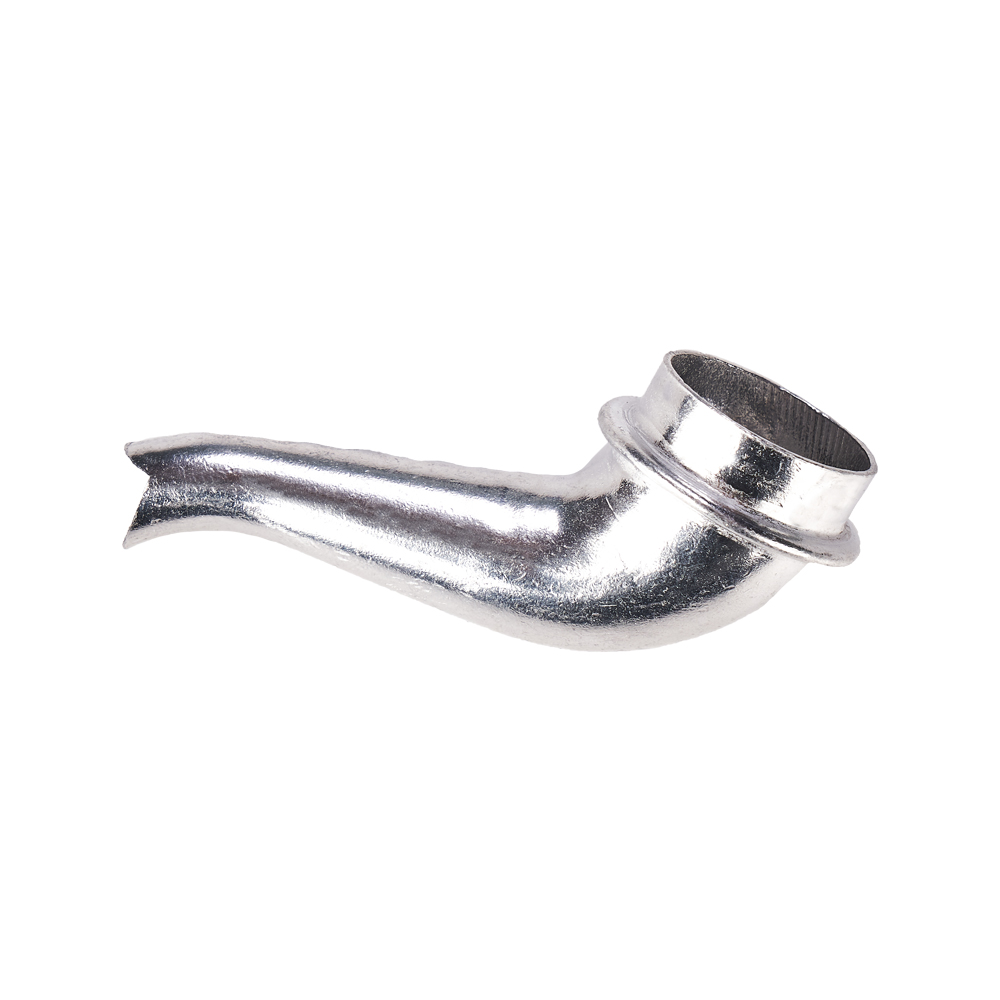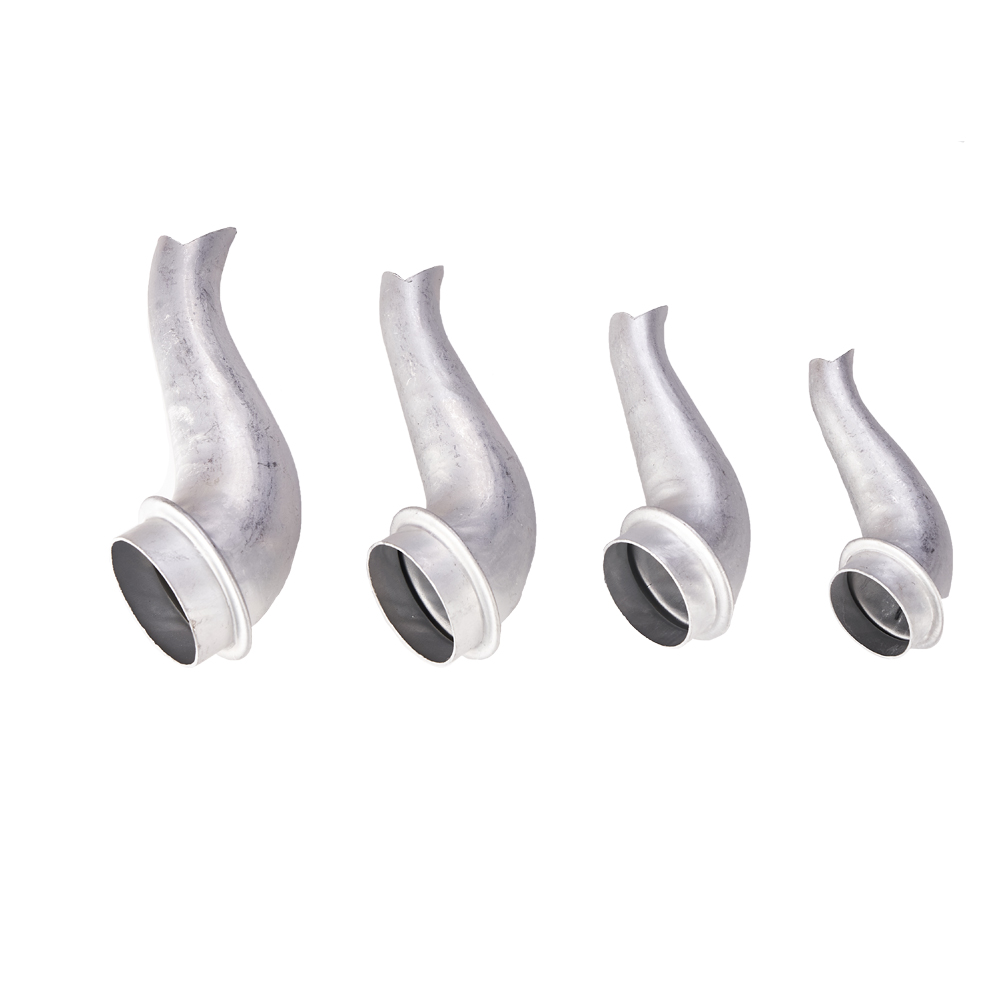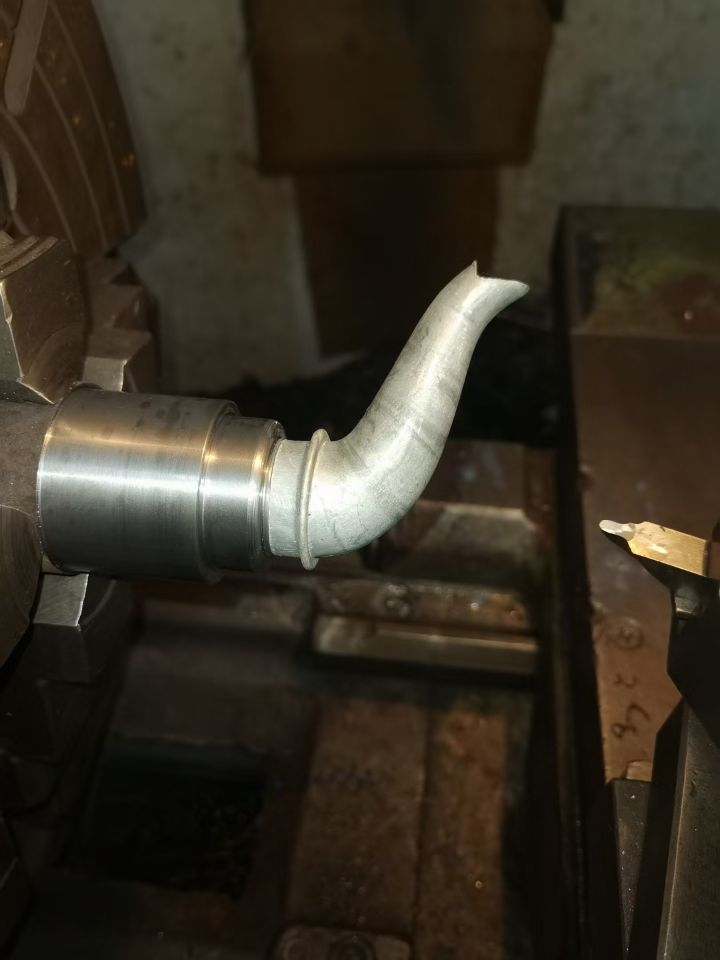In today’s fast-moving world, the production of aluminum kettle spouts has become an increasingly challenging task. The plant found it extremely difficult to manufacture this important component, reducing the supply of high-quality aluminum kettle spout on the market. This scarcity has raised concerns among consumers, who may have to settle for sub-par alternatives or face higher prices for these important kitchen items.
The production process of aluminum Spout is highly technical and requires a meticulous approach to ensure the required standards of quality and durability are achieved. Every step from the initial design stage to final manufacturing requires precision and expertise. However, as complexity has increased, fewer factories have the capacity needed to produce these nozzles, impacting the entire supply chain.
To understand the intricacies of manufacturing an aluminum kettle spout, we took a deep dive into the production process. The first step involves creating a detailed design that incorporates the product’s functional requirements, aesthetics and user-friendliness. Once the design is complete, it serves as a blueprint for subsequent manufacturing stages.
The manufacturing process begins with sourcing high-quality aluminum, which is the primary material for the nozzle. This aluminum goes through a series of processes including melting, casting and extruding to shape it into the desired nozzle shape. The next step involves precision machining to obtain the desired size and smoothness of the inner and outer surfaces of the nozzle. Any deviation from the required specification will affect the functionality and overall quality of the nozzle.
After machining, the Aluminum Kettles undergo a meticulous finishing process, including surface treatments such as coating or anodizing, to enhance their appearance and prevent corrosion. Finally, a quality control program is implemented to ensure that each nozzle meets the stringent standards set by the industry. These tests cover factors such as leak resistance, thermal conductivity and overall durability.
The technicality and complexity of this production process requires a high level of expertise, advanced machinery and a skilled workforce. Unfortunately, many factories have been forced to abandon the production of aluminum kettle spouts entirely, as factories face increasing challenges in keeping up with evolving technology and increasing market demands. As a result, the number of manufacturers able to meet the industry’s stringent standards has plummeted.
This alarming trend has resulted in a shortage of premium aluminum faucets in the market. Consumers have limited choices and are often confronted with substandard products that fall short of expectations or premium products that are overpriced. Additionally, this scarcity has led to the emergence of counterfeit or inferior substitutes, posing further risks to consumer safety and satisfaction.
While the decline in the number of manufacturers is worrying, efforts are being made to reverse the trend. Collaboration is ongoing between industry leaders, research institutes and government agencies to address technical challenges and build capacity within the industry. By investing in advanced technology, promoting skills development and knowledge sharing, it hopes to revitalize the aluminum kettle spout manufacturing industry and ensure a stable supply of high-quality products to consumers.
In conclusion, the production of aluminum nozzles poses significant technical challenges to factories, resulting in a decline in usable product. The complexity of the manufacturing process, combined with a shortage of skilled labor and advanced machinery, has contributed to this alarming situation. We are working hard to reverse this trend with the aim of revitalizing the industry and ensuring a future of reliable, high-quality aluminum nozzles for consumers.
Post time: Jul-10-2023



